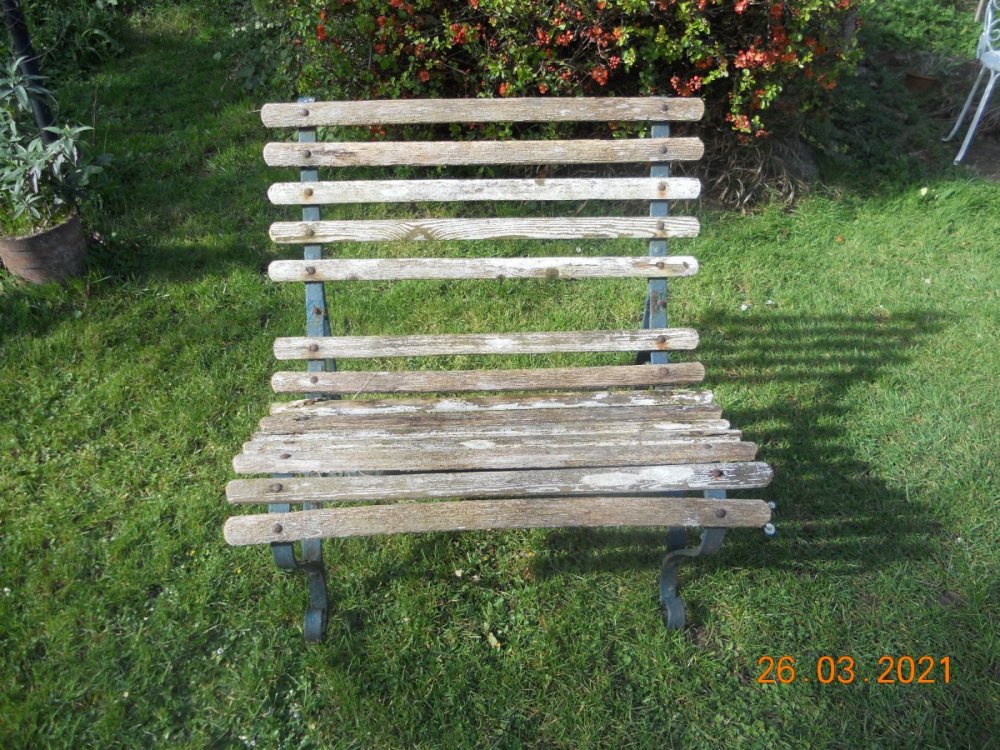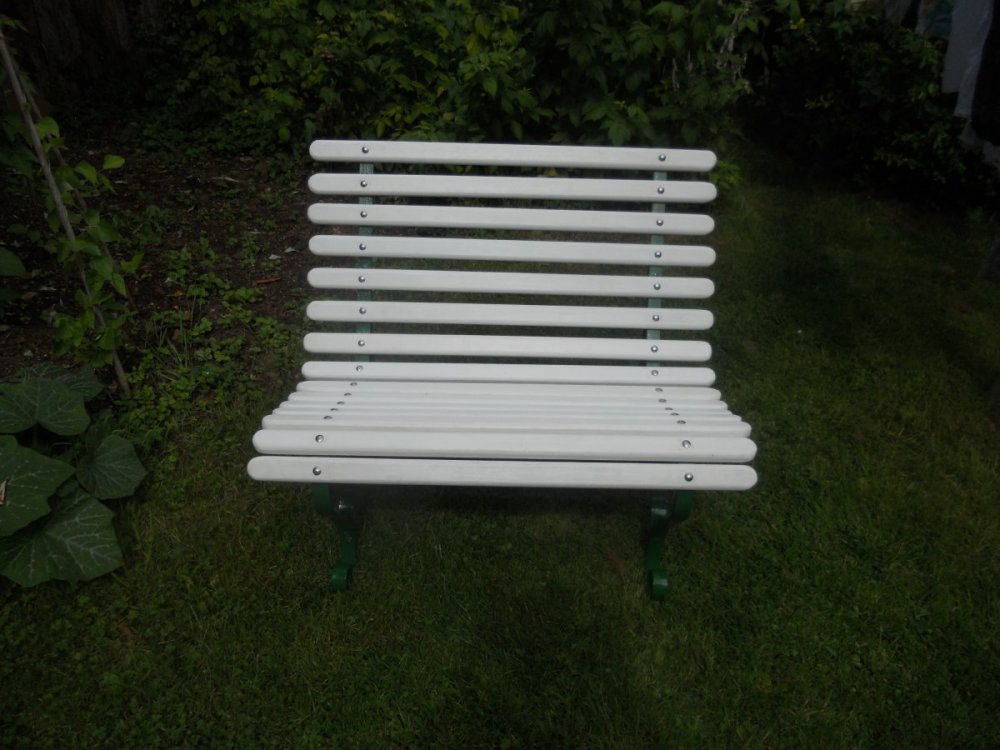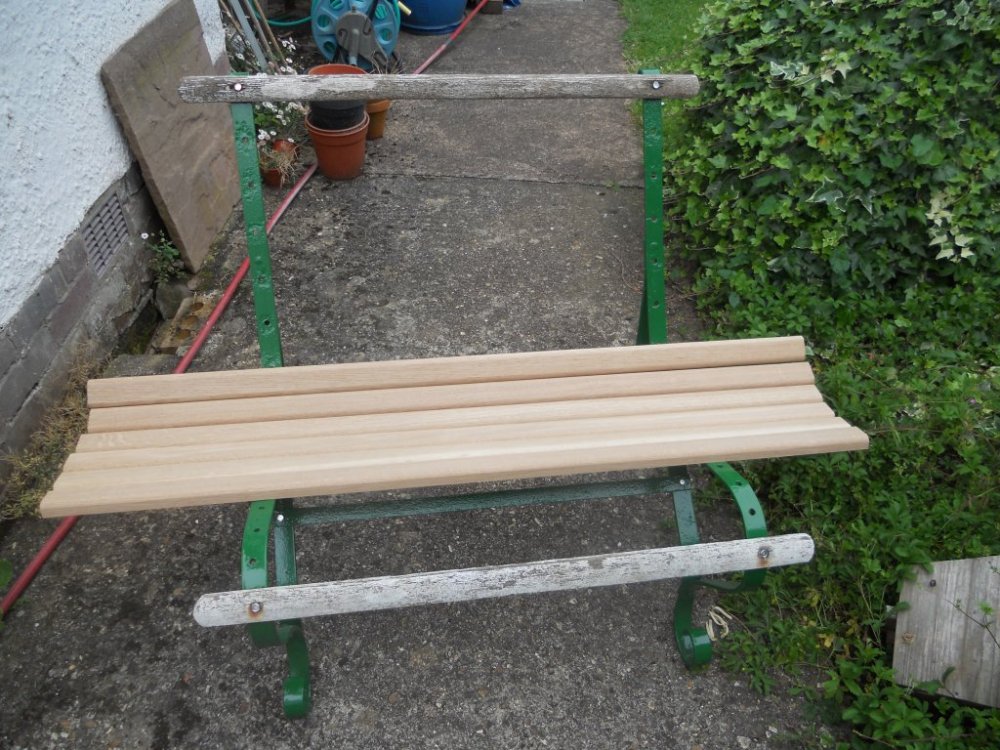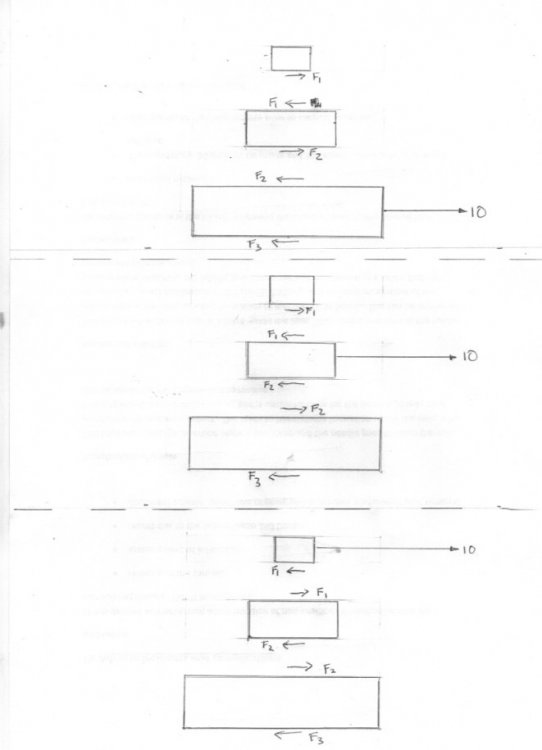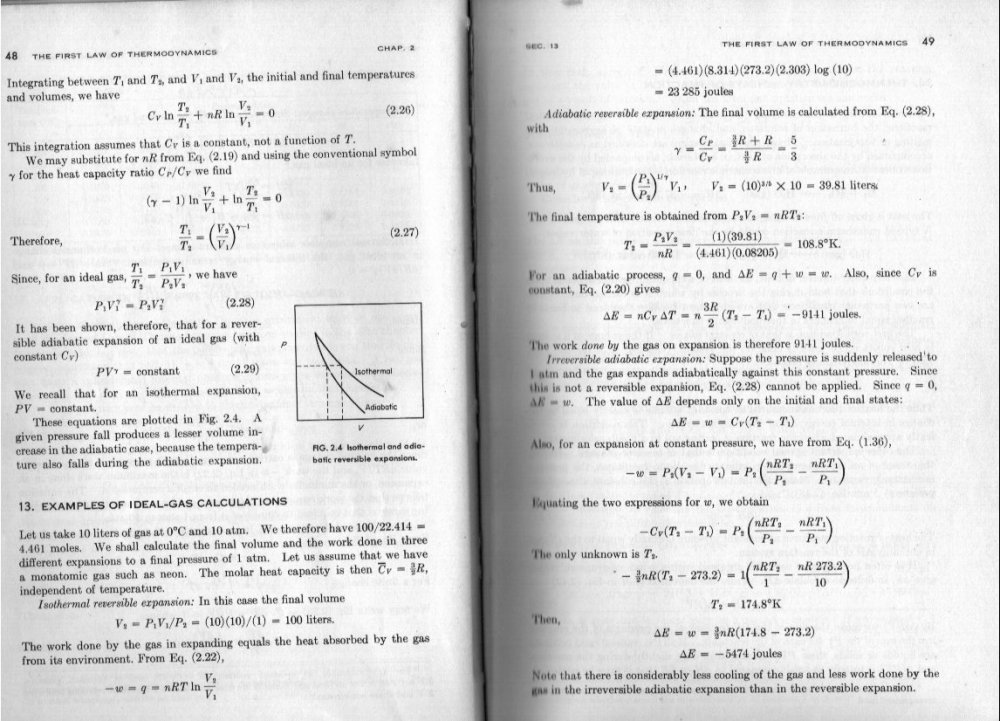-
Posts
18316 -
Joined
-
Last visited
-
Days Won
104
Content Type
Profiles
Forums
Events
Everything posted by studiot
-
Thank you for the reply, but you did not say why not.
-

A child (Science) greater than its parent (Philosophy) ?
studiot replied to studiot's topic in General Philosophy
Thank you for that link. +1 It is worth mentioning that the full programme is about 3 1/2 hours long but interesting nevertheless. The first 20 minutes offer a great companion summary to the emergence of early kingdoms in England in the timeslot (250 years) indicated but for more detail. I looked for the mid 6th century cold snap but couldn't find anything as dramatic as suggested in the video. http://www.longrangeweather.com/600bc.htm The programme also discusses events much further afield, covering Europe and into Asia. Here is a good compact verified souce written by a reliable historian and published just before Brexit in 2019. Unlike the dry list of dates and events (they are included but not prominent) so often found in formal history books, there is much sound analysis of causes and results, including many maps of disposition at different times. Approximately the last 2000 years is covered. Ireland is also included as are the rest of the British Isles. -

A child (Science) greater than its parent (Philosophy) ?
studiot replied to studiot's topic in General Philosophy
After the Romans left, Britannia broke into fragments. What is now northern Scotland became part of the kingdom of Norway. Wales and south westen Scotland (Glasgow area) became one celtic kingdom. South east Scotland and most of northen England became the Kingdom of Northumbria. Central England became the Kingdom of Mercia Central Southern and Southwest England became the Kingdom of Wessex. South Eastern England didn't have a particular name. Following the Norman conquest the Normans united all the english kingdoms and Wales, leaving Scotland separate (except it was not then called Scotland) At this time a group of those living in central eastern Scotland gained effewctive control of their area and slowly annexed the rest of Scotland by force. The original name was the Kingdom of Alba. Roll on 5 centuries and Elizabeth first had nor heirs so after some failed relatives as monarch, James VI of Scotland was invited to ascend the throne of England as well. The two countries were not formally united for more than another century by the Act of Union. -

A child (Science) greater than its parent (Philosophy) ?
studiot replied to studiot's topic in General Philosophy
I didn't think you as someone who jumped to conclusions. Britain is one (the largest) of the British Isles. The island of Britain used to host several separate Kingdoms Great Britain refers to the country formed from the last separate kingdoms on the island of britain. The full official title of the UK is the United Kingdom of Great Britain and Northern Ireland. There remain several semi autonomous states in the British isles apart from Eire. -

Commercial washing powder surfactants v NaHCO₃
studiot replied to Erina's topic in Inorganic Chemistry
Yes you are right. Thank you for the correction. Bicarbonate of soda is amphoteric and depends upon temperature and other compounds in solution. So with just cold water it has a ph of around 8 point something. -

Commercial washing powder surfactants v NaHCO₃
studiot replied to Erina's topic in Inorganic Chemistry
Bicarbonate of soda is actually a mild acid (in solution). Acids do not deal with fat/grease. That is what surfactants (posh name for soaps) are for. If you do not wish to use chemical prdoducts you might try soaps nuts from the soap nut tree. My family have found them to be quite effective even in cold water (which is how they are traditionally used). https://en.wikipedia.org/wiki/Sapindus We have also found them cheaper than commercial chemicals, and easily available in the UK. -

A child (Science) greater than its parent (Philosophy) ?
studiot replied to studiot's topic in General Philosophy
Yes, welcome back. Tahnk you so much for this anecdote, +1 Do you have a reference to the mechanical action of cranberry juice ? I have expressed the opinion that medical science to often ignores the mechancial in favour of the chemical. Discussion of that would be a topic in its own right (if you wish). Like the things that you're liable To read in the bible It ain't necessarily so. A good counter example would be the production of high quality concrete. I have explained several times in this thread that 'greater' does not mean better. It means 'of larger size' that by some measure or other. What do you think Great Britain means ? In the case of Science outgrowing Philosophy, I suggest the scope and extent of scientific knowledge now well exceeds that of philosophic. However I note you argument about beginnings and endings and find that interesting enough to be worth further amplification. One point about you neolithic 'scientist'. It is not enough to "do an experiment" to be counted as Science. That experiment must be systematic and preferably part of a series of expeiments. Over to you. -

Power cabling resonance to power a small hand held motor
studiot replied to Erina's topic in Engineering
Thank you whoever liked my comment from back last March. It should be noted that an old fashioned 'analog' meter is in fact a small motor and such meters can be used to detect current flow in buried cables. -
Since you evidently don't wish to talk to me I will bow out.
-
By radio I assume you mean speech communications ? You have not distinguished between digital systems and analog systems but I am guessing that you mean analog ones. Here are 200 pages of an Engineering Masters thesis on how to do this with microwaves, which sit between what we call 'radio' in the spectrum and infrared. https://open.uct.ac.za/bitstream/handle/11427/8363/thesis_ebe_1987_marsden_m.pdf?sequence=4 Note microwaves are also heat radiation of a sort.
-
Well I think there is a great deal fundamental mathematics stuff missing from the OP block diagram. Perhaps you guys should get together with the author of this thread
-
At our age it is getting difficult to find good birthday presents for my wife. This year I remembered here great grandfather's garden bench, which was in a sorry state. I promised to restore it for her birthday. Work in progress showing the grit blasted and repainted metalwork, some partly finished extended new oak slats. The finished article reassembled.
-
Yes the University of Liverpool has produced a great site in 'Chemtube'. And it's free. +1 I second the distinction beteewn Molecular Orbital theory and Atomic Orbital theory. It is generally too difficult to derive molecular orbitals from scratch in the same way as for atomic orbitals as there are more than one nuclei involved, maybe very many. One approach is called the LCAO method or Linear Combination of Atomic Orbitals which involves the fabricattion of atomic orbitals from both (all) participating atoms.
-
If you think about my free body diagrams in your other friction questions and draw similar ones here you can answer both question 5 Are the blocks in equilibrium ? and question 6 which follows it. Since the wall is smooth, both blocks must be falling freely under gravity. Do objects of unequal weight fall at different speeds ?
-
Thank you, I see that you are working along the right lines but trying to take short cuts. Perhaps this is why you have reached the astounding conclusion that the accelerations are different yet the blocks do not move relative to each other. This is pure Physics speaking. How can two objects, both starting from zero velocity not have different subsequent velocities for all time if their accelerations are different ? OK back to the Mathematics. You have correctly matched some frictional forces to some frictional coefficients. What about μ3 and F3 ? The three equations of friction I referred to are F3 = μ3N3 = 0*12g = 0 Newtons , where N is the normal reaction between the bottom (7kg block) and the table. F2 = μ2N2 = ? F1 = μ1N1 = ? I will leave you to complete these and confirm you understand where they come from. Then you will have all the forces acting on each of three blocks. For each of those three blocks you have to consider what happens when the 10N force is applied at three different locations. That is a total of 9 possibilities. Each of these 9 possibilities can be dealt with by considering the net force (not equilibrium) acting on each block as a free body. So for the first one apply the 10N to the 7kg block we have 10N acting to the right as shown in the original diagram and F3 plus F2 acting to the left. (Please confirm that you understand why F3 and F2 are acting to the left) OK so this means that the net force on block 3 is 10 - 0 - F2 in this case (remember there are other cases where the 10N force is applied elsewhere) Now applying Newton's Second Law the acceleration of block 3 = a3 = (10 - F2)/7 Repeat these calculations 8 more times and you will have covered all cases. Here are my free body diagrams
-
I asked what you have done, not what you have not done ! Have you assigned all the frictional forces between the blocks and the table and the blocks ? That will give you a lot of equations and is where you should start. In other words, write down all the equations of friction.
-
Neither. You haven't posted the whole question. "The friction on B due to A in equilibrium" is an incomplete sentence that may or may not contain the actual question. Further the blocks must be sliding down the wall if there is no friction between the wall and the blocks. So how is F maintained ?
-
Yes, get a good night's rest. Perhaps when you wake up you will have some new inspirations that don't mangle the mathematics. Division by zero is mathematically undefined in the systems you are talking about.
-
This question contains enough to be analized. What have you actually done towards it?
-
This question is incomplete.
-
Here are example calculations for the different circumstances of expansion. If you are designing a calculator is this a physics/chemistry or computing project ? We cannot do the question for you but can offer more help about the Thermodynamics if you are studying computing and vice versa. Note the examples assume a monatomic gas, I will leave you to suggest which of these calculations is appropriate for your circumstances and what difference if any using nitrogen makes. We can then discuss this further. Hopefully you realise that we work in degrees Kelvin in Thermodynamics.
-
But if, in an orbital there are two electrons, you know that they have opposite spins, you just don't know which is which until you 'measure'. Freddy seems to think that if one spin is changed (and this can happen), then the other must also change. This is not necessarily the case. One electron only need have its spin changed, but it then has to leave the orbital. This, of course, results in disentanglement.
-
You need much greater maths skills in chemical engineering than biosciences or biotech.



